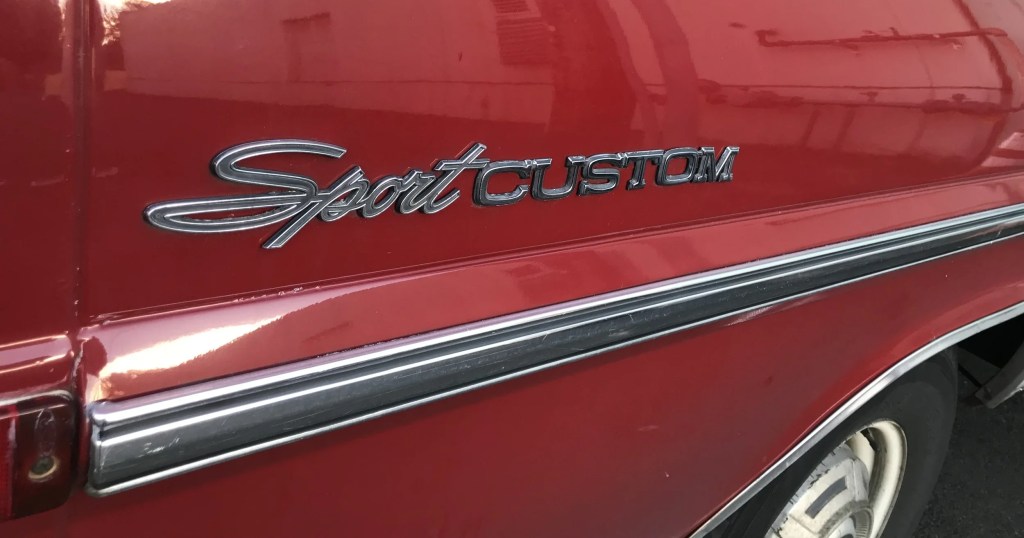Sometimes important aspects of an invention are related to how one or more components are made, or made together. Inventions in this area can blur the line between structural features and features that only become relevant as part of a method of making claim. This matters because often an applicant would like to protect both the resulting component or system, as well as the method of manufacturing, and the rules as to what “counts” in the claim varies significantly depending upon which side of the line one falls.
Consider a system or device claim which requires, for example, an inset molded around a ring. Does the fact that the inset is molded around the ring require the prior art to show the method of manufacturing (molding)? Sometimes, as the applicant, one needs to make this argument. Below is one example approach.
First, the applicant should explain how the term “molded” and limitation “molded around” have structural meaning. Something that really helps with this is when there is evidence in the record (such as in the applicant’s specification) of how the terms connotate structure. For example, if the specification explains how the components are molded together as a way to form them as one piece so that one component is wrapped around the other and retains it within itself. As another example, discussing how being molded around results one component being embedded within an interior of the other component can increase the chances that the claim element is given structural weight.
In this way, the applicant can argue that the specification demonstrates that “molded around” connotes an integrated structure. This is similar to a recent Federal Circuit case, In re Nordt Dev. CO., LLC. (Fed. Cir. 2018), where the Court held that the claim term “injection molded” “is structural and should be afforded weight when assessing patentability”. The Court found that “injection molded” connotes structure and that the specification of Nordt affirmed this by demonstrating that “injection molded” connotes an integral structure. Id. In Nordt, the Court concluded that “the structural nature of ‘injection molded’ can be gleaned from the plain claim language and the specification itself” and remanded to the board to construe this limitation as structural. In re Nordt Dev. CO., LLC. (Fed. Cir. 2018).
So, if you are claiming something similar, such as “molded around”, look for support in the specification to confirm that the term conveys a structural limitation. Likewise, when drafting an application where there is a strategic plan to rely on limitations that might be ignored as merely related to a method of manufacturing, make sure to have support in the specification that confirms the structural nature of the components.

Leave a comment